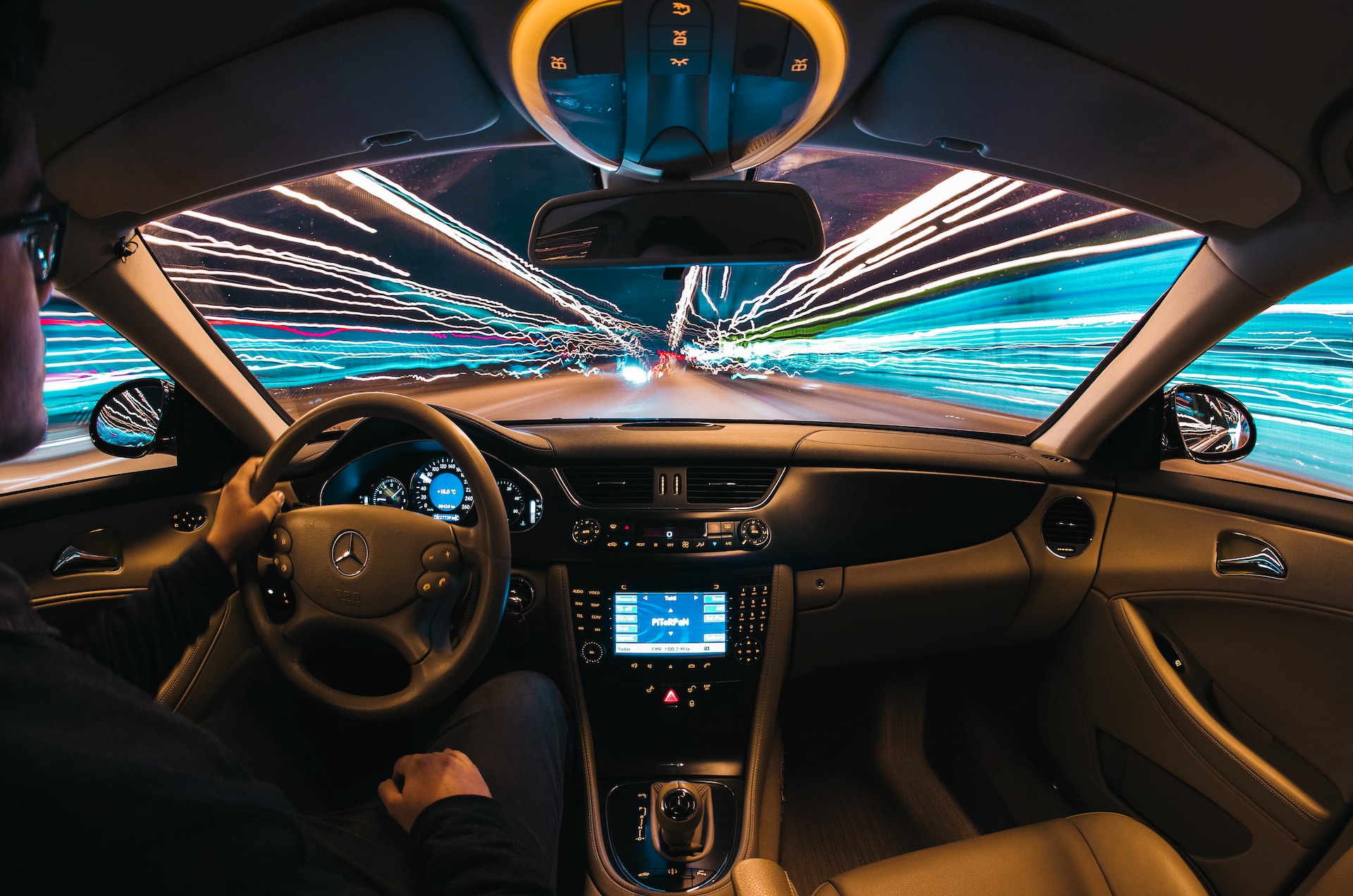Mercedes-AMG Petronas Formula One Team, renowned for its dominance in the world of Formula One racing, is leaving no stone unturned in its quest for perfection. With a relentless pursuit of innovation and performance, the team is now focusing its attention on fine-tuning the rear end of their F1 car to gain a competitive edge on the track.
1. The Art of Aerodynamics
Aerodynamics plays a crucial role in the performance of an F1 car, and the rear end is a critical area where teams strive to optimize downforce, stability, and airflow management. Mercedes is known for its meticulous attention to detail in this aspect, constantly refining and improving their designs to extract the maximum performance from their cars.
2. The Quest for “Nastiness”
One of the key areas of focus for Mercedes is creating a “nasty” rear end for their F1 car. In the world of Formula One, “nasty” refers to the car’s ability to generate consistent downforce and maintain stability in various driving conditions. This characteristic allows the driver to push the car to its limits and extract the maximum performance.
3. Advanced Wind Tunnel Testing
To achieve the desired “nastiness,” Mercedes utilizes advanced wind tunnel testing and computational fluid dynamics (CFD) simulations. These tools enable the team to analyze and optimize the airflow around the rear end of the car, ensuring that every element, from the rear wing to the diffuser, works in harmony to generate the desired downforce and minimize drag.
4. Continuous Development and Iteration
The pursuit of perfection is an ongoing process for Mercedes. The team is constantly developing and refining its F1 car throughout the season, using data from track testing, wind tunnel simulations, and feedback from the drivers. This iterative approach allows them to fine-tune the rear end and make incremental improvements that can make a significant difference on the race track.
5. Balancing Stability and Agility
While maximizing downforce and stability is crucial, it’s equally important to maintain the agility and responsiveness of the car. Mercedes strives to strike the perfect balance between stability and agility, ensuring that the car remains nimble and responsive to the driver’s inputs while delivering the required grip and stability through the rear end.
6. Collaboration and Expertise
Achieving the perfect rear end requires a collaborative effort from various departments within the team, including aerodynamics, design, and engineering. Mercedes has a team of highly skilled professionals who work in synergy to optimize the car’s performance. Their expertise, experience, and attention to detail are key factors that contribute to the team’s success on the track.
Conclusion
Mercedes-AMG Petronas Formula One Team’s relentless pursuit of perfection is evident in their focus on fine-tuning the “nasty” rear end of their F1 car. Through advanced aerodynamic analysis, continuous development, and a collaborative approach, they strive to optimize downforce, stability, and airflow management. As the team pushes the boundaries of innovation and performance, their dedication to perfecting every aspect of their F1 car sets them apart and solidifies their position as a formidable force in the world of Formula One racing.




